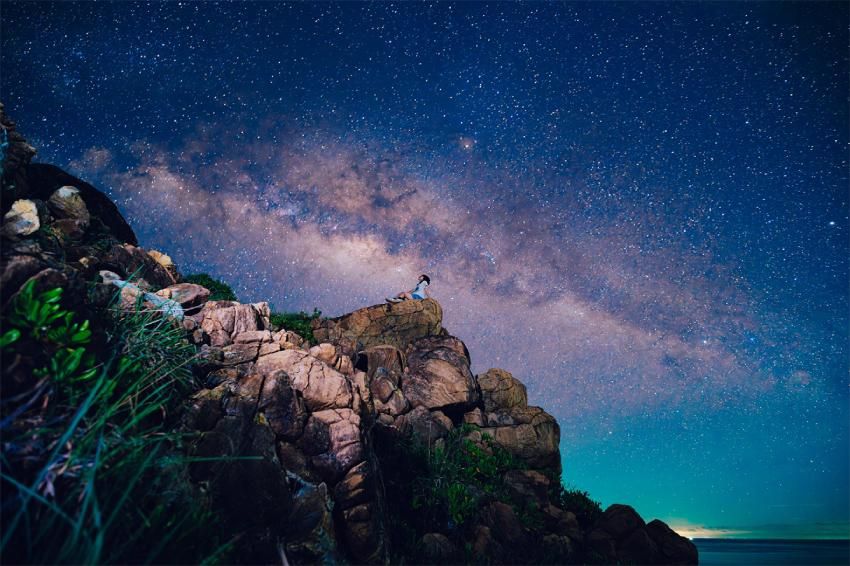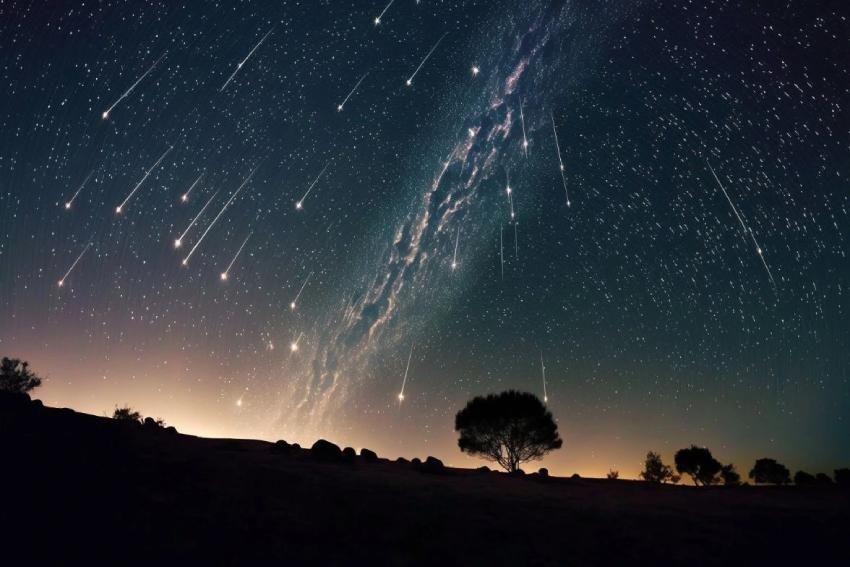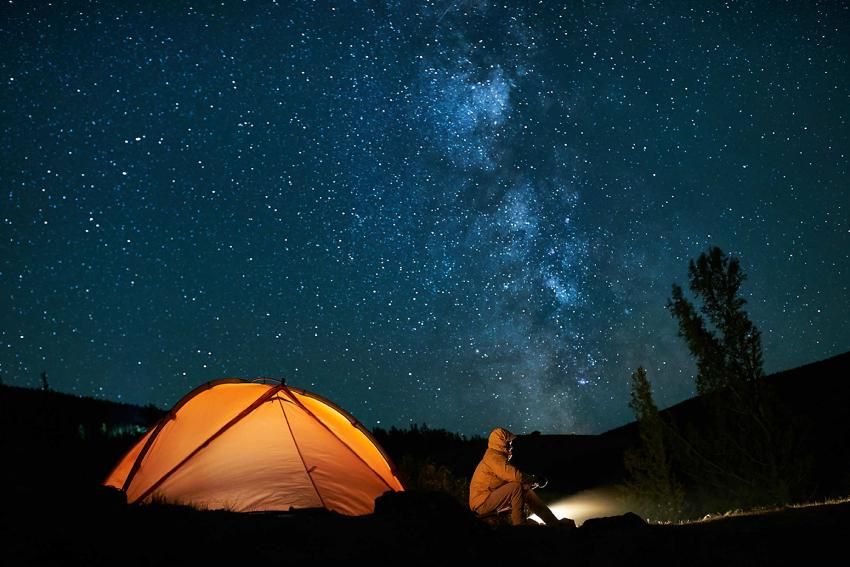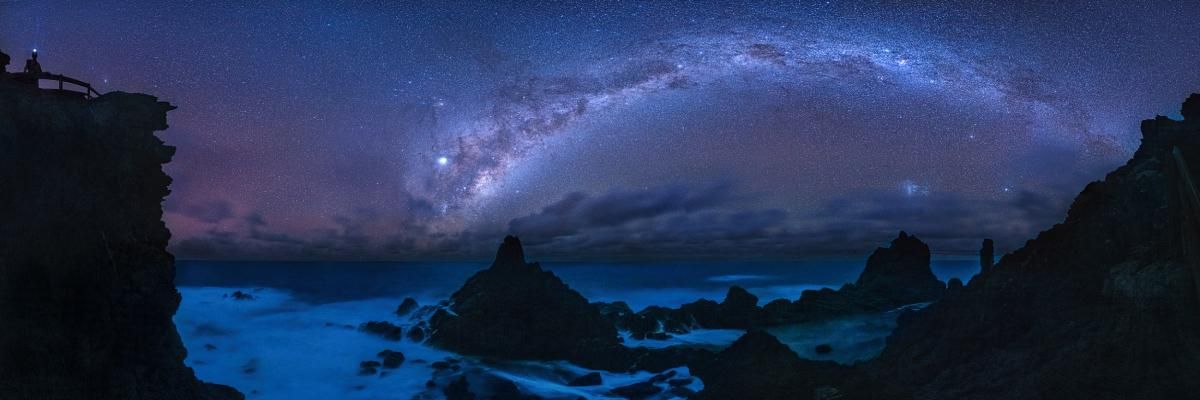As light pollution increasingly blankets cities around the world, more travelers are seeking destinations where the night sky still reveals its full brilliance. Vietnam — already renowned for its breathtaking landscapes and rich cultural heritage — is emerging as a hidden gem for dark sky tourism, offering travelers a chance to disconnect from artificial lights and reconnect with the universe above.
Vietnam’s Hidden Skies: Where the Stars Still Shine
While international visitors often gravitate toward Vietnam’s beaches and bustling cities, few realize that its remote regions provide ideal conditions for stargazing. The northern highlands and central plateaus, far from urban development, offer high elevations, clean air, and minimal light pollution — perfect for celestial observation.
In the far north, Ha Giang province stands out as a premier destination. Winding mountain roads lead to the Dong Van Karst Plateau, where limestone cliffs and traditional ethnic villages sit under a canopy of stars. On clear nights, the Milky Way is visible with the naked eye — a truly humbling experience.

Further south, in the Central Highlands, Lac Lake in Dak Lak province offers another spectacular stargazing location. Encircled by rolling hills and M’nong ethnic villages, the lake reflects the night sky like a giant natural mirror. With almost no light pollution and minimal tourist traffic, it’s an increasingly popular spot for night photographers and outdoor enthusiasts.
Night Adventures Beyond the Stars
Dark sky tourism in Vietnam offers more than just stargazing. Increasingly, tour operators are crafting nighttime adventure experiences that blend astronomy with culture, nature, and local tradition.
In Sapa, visitors can trek to remote villages by day and then gather around campfires at night, sipping herbal tea while listening to local folktales beneath a sky ablaze with constellations.

In Phong Nha – Ke Bang National Park, known for its vast cave systems, nighttime activities include guided jungle walks under moonlight and overnight camping near the world-famous Son Doong Cave. With no artificial lighting in sight, the celestial spectacle overhead is simply unforgettable.
A Sustainable Way to Travel
Beyond the awe of the night sky, dark sky tourism supports sustainable and community-based travel in Vietnam. Many tours are hosted by local families or indigenous guides, ensuring that tourism revenue benefits the very communities that protect these pristine areas.

Night-focused experiences also help distribute tourism more evenly, easing pressure on popular daytime attractions and encouraging longer, more immersive stays. As travelers increasingly seek deeper, more meaningful journeys, Vietnam’s starlit skies offer a tranquil and environmentally responsible alternative.
The Future of Dark Sky Tourism in Vietnam
Although Vietnam has not yet established officially recognized dark sky reserves, awareness is growing. Several provinces are exploring initiatives to promote astro-tourism and adopt eco-conscious lighting practices, especially in high-potential areas like the northern mountains and the Central Highlands.
For now, Vietnam’s night skies remain among the most unspoiled in Southeast Asia — waiting to be discovered by those willing to venture off the beaten path and gaze upward into the quiet majesty of the cosmos.




